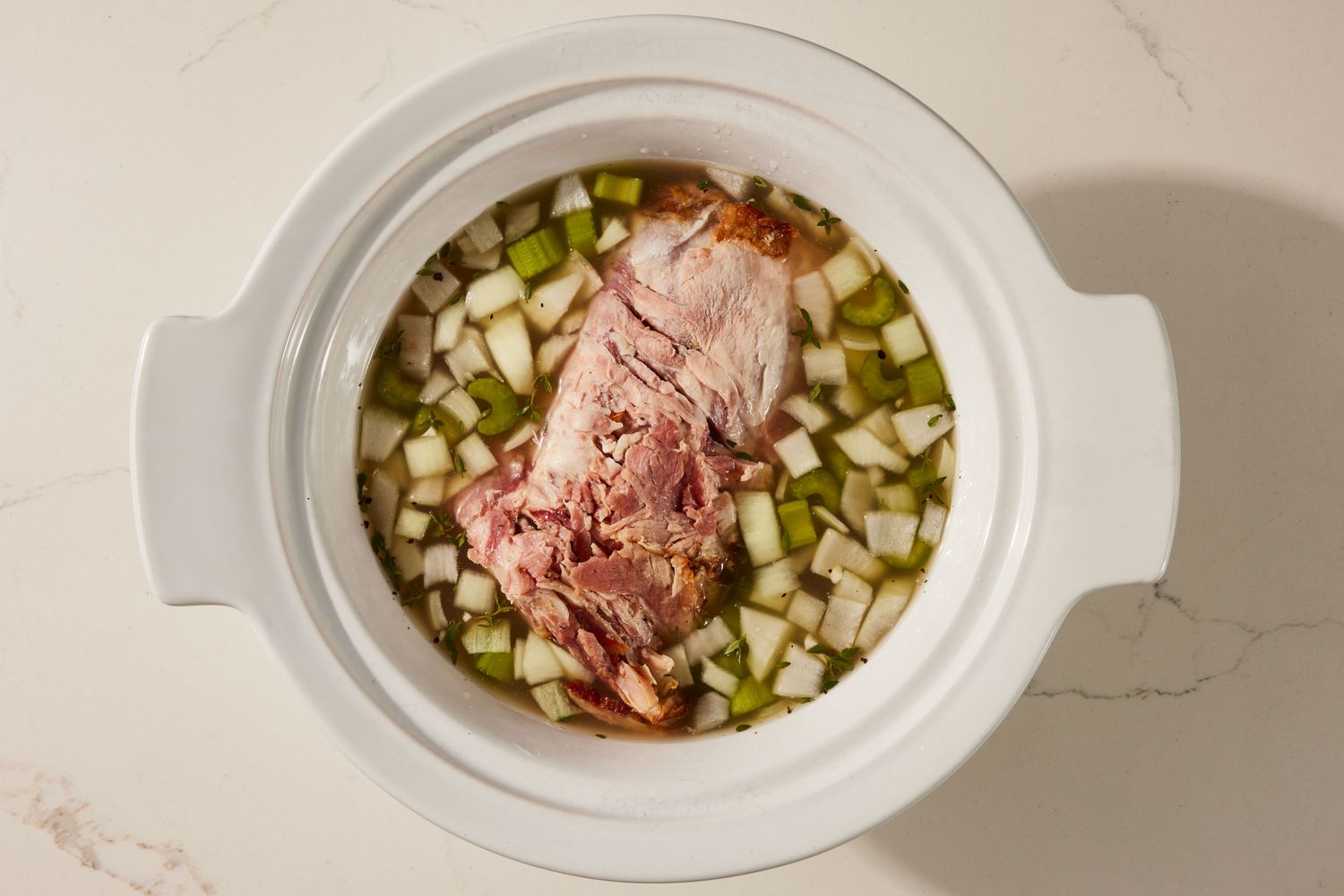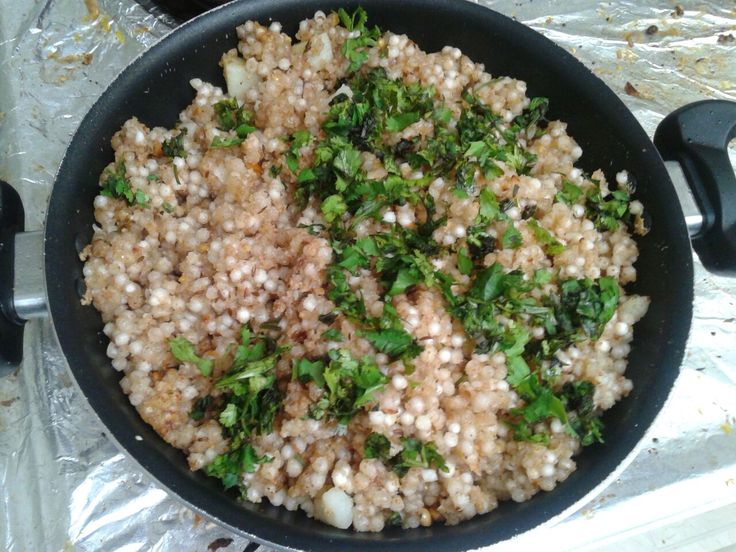Ham Bone Soup: History, Health Benefits, and Perfect Pairings
Ham bone soup’s history spans centuries, tracing its roots back to various cultures that utilized leftover bones to create nutritious meals. This practice began as a way to maximize resources, especially in regions where food scarcity was common. Historical texts indicate that soups using animal bones have been staples in diets globally, showcasing methods to extract maximum flavor and nutrients from limited ingredients. By simmering ham bones with vegetables and spices, communities crafted rich broths that not only provided sustenance but also embodied a tradition of frugality and resourcefulness.
Regional Variations
Different regions have adapted ham bone soup to reflect local ingredients and culinary traditions. In Southern United States cuisine, for example, collard greens and black-eyed peas are common additions, creating a hearty, smoky flavor that’s distinct to Southern cooking. In European kitchens, vegetables like leeks, carrots, and celery often accompany the ham bone, blending to form a classic, comforting taste. Asian variants might incorporate soy sauce, ginger, and greens, giving the soup a unique umami profile. Each variation underscores the adaptability and widespread appeal of ham bone soup, with each region adding its own twist to this foundational dish.
Key Ingredients in Ham Bone Soup
Essential Herbs and Spices
Bay leaves, thyme, and parsley bring depth and flavor to ham bone soup. Bay leaves impart a subtle herbal essence, while thyme adds earthiness. Parsley offers a fresh, slightly peppery note. Peppercorns add a touch of heat and complexity. Using whole spices maximizes the infusion of flavors, ensuring a rich and savory soup.
Choosing the Right Ham Bone
Select a ham bone with a good amount of meat for optimal flavor and texture. Smoked ham bones enhance the soup with a deep, smoky taste. Bones from leftover holiday hams or baked hams work well. Ensure the bone has some fat and collagen; these ingredients contribute to a rich, comforting broth. Bones with marrow add an extra layer of richness, making the soup even more hearty and satisfying.
Preparation Techniques
Traditional Cooking Methods
In traditional ham bone soup preparation, start by simmering the ham bone in a large pot of water. Bring the water to a boil, then reduce the heat to maintain a gentle simmer. This process extracts flavors and nutrients from the bone. Simmer for 2-3 hours. Add aromatic vegetables like onions, garlic, carrots, and celery after the first hour. These components enhance the broth’s depth. Skim off any foam or fat that rises to the surface during cooking to maintain a clear broth.
Modern Twists on the Classic Recipe
For modern variations, use a slow cooker or an Instant Pot to save time and enrich flavors. In a slow cooker, combine the ham bone, water, and aromatics, and cook on low for 8 hours or high for 4 hours. This method ensures even extraction without constant attention. For an Instant Pot, use the pressure cook setting. Cook on high pressure for about 60 minutes, followed by a natural release. Add fresh herbs like cilantro or mint for a contemporary twist. Incorporate diverse vegetables like sweet potatoes, fennel, or kale to enhance nutritional value and flavor complexity.
Health Benefits of Ham Bone Soup
Nutritional Components
Ham bone soup contains several essential nutrients. The bones provide calcium, magnesium, and phosphorus. These minerals play a crucial role in maintaining bone health and strength. Collagen and gelatin, released during simmering, support joint health and can improve skin elasticity.
A single serving often contains a wealth of vitamins. Vegetables like carrots and celery contribute vitamins A, C, and K. The broth itself is rich in amino acids, which are building blocks of protein, essential for muscle repair and growth.
Healing and Comforting Properties
Ham bone soup offers significant healing properties. The warm broth soothes sore throats and can ease nasal congestion, often providing relief during colds and flu. Antioxidants from herbs like thyme and parsley help to reduce inflammation and boost the immune system.
The soup’s comforting qualities come from both its rich flavor and its nutritional value. It promotes a feeling of fullness while hydrating the body. Consuming the soup can also stimulate digestive enzymes, aiding in better digestion and nutrient absorption.
Serving and Pairing Ideas
Best Side Dishes
Pairing ham bone soup with the right side dishes can enhance your meal. Fresh, crusty bread (like baguettes or sourdough) complements the soup well by soaking up its rich broth. Cornbread offers a sweeter alternative with its slight crunch. A simple green salad with vinaigrette provides a refreshing counterbalance, bringing a crisp texture and acidity to cut through the soup’s richness.
Consider roasted vegetables (such as carrots, Brussels sprouts, or sweet potatoes) to add earthy flavors that harmonize with the soup. Mashed potatoes offer a creamy, comforting side, especially if seasoned with garlic or chives. For those looking for lighter options, steamed greens (such as kale, spinach, or collard greens) can add a nutritious, vibrant touch to the meal.
Wine Pairing Suggestions
Selecting the right wine enhances the flavors of ham bone soup. Choose white wines like Chardonnay or Sauvignon Blanc; these wines offer a crisp acidity that balances the soup’s savory elements. If you prefer red wine, opt for lighter, fruit-forward choices like Pinot Noir or Zinfandel, which complement the ham’s flavor without overpowering the dish.
Sparkling wines such as Prosecco or Cava can also be excellent choices, offering a refreshing, effervescent contrast to the soup. For those who appreciate sweeter wines, a Riesling or Gewürztraminer can provide a pleasant, slightly sweet counterpoint to the dish’s saltiness. Each of these wine options adds a unique dimension, making your soup experience more enjoyable.
Conclusion
Ham bone soup isn’t just a delicious and hearty meal; it’s a testament to culinary ingenuity and cultural heritage. By utilizing leftover bones and simple, flavorful ingredients, you can create a dish that’s both nutritious and comforting. Whether you’re looking to boost your immune system or simply enjoy a warming bowl of soup, ham bone soup offers a variety of health benefits and satisfying flavors. Pair it with a glass of your favorite wine and some complementary side dishes, and you’ve got a meal that’s sure to please. So, why not give it a try and experience the rich history and delightful taste of ham bone soup?






